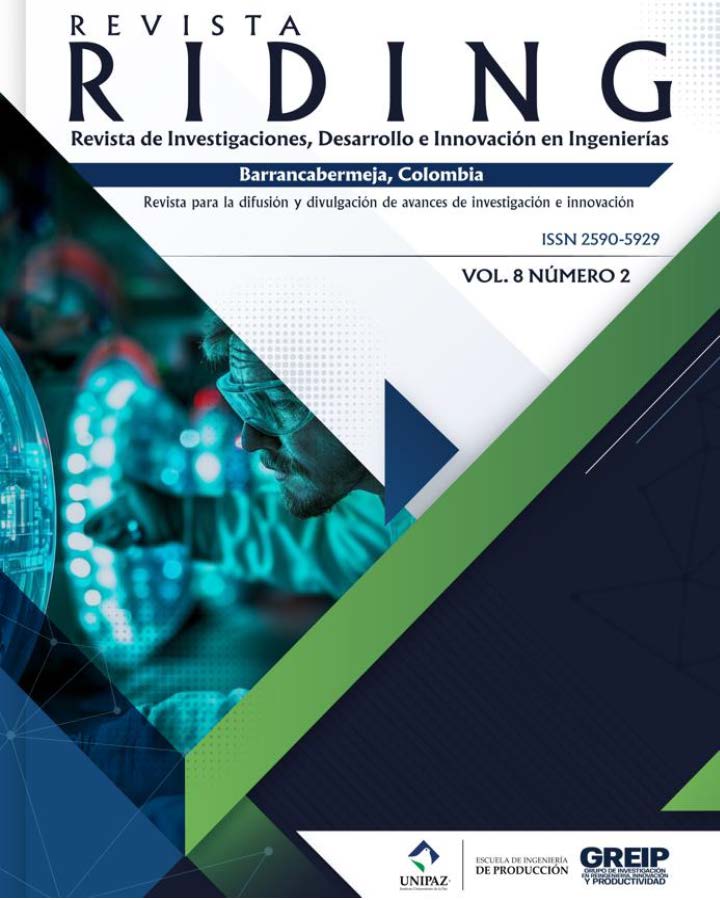Natech, technological disasters caused by natural hazards: a literature review
Keywords:
Climate Change, Geophysical, Impact, Natech, Storm, Flood, earthquakeAbstract
Climate change is caused by human actions and endangers life on Earth. As greenhouse gas emissions increase, climate change is
accelerating at a much faster rate than previously anticipated.
From the point of view of natural hazard events, natural and technological hazards have increased. While the climate becomes more severe, the probability of risks materializing in economic activities is greater, with meteorological events such as storms and floods. Given the variety of natural threats that affect Colombia, it is essential to analyze their possible impact on industrialized areas, especially in the use of chemical substances in industrial processes, earthquake-resistant infrastructure and emergency response capacity. This analysis is essential to identify and characterize the possible Natech scenarios that could arise in the country in the near future
References
Cozzani, V., Antonioni, G., Landucci, G., Tugnoli, A.,
Bonvicini, S., & Spadoni, G. (2014). Quantitative assessment
of domino and NaTech scenarios in complex industrial areas.
Journal of Loss Prevention in the Process Industries,
(Supplement C), 10-22.
doi:https://doi.org/10.1016/j.jlp.2013.07.009
Cruz, A. M., & Suarez-Paba, M. C. (2019). Advances in
Natech Research: An Overview. Progress in Disaster Science,
(100013), 1-7.
doi:http://dx.doi.org/10.1016/j.pdisas.2019.100013
Krausmann, E., Cruz, A. M., & Salzano, E. (2017). Natech
Risk Assessment and Management: Reducing the Risk of
Natural-Hazard Impact on Hazardous Installations: Elsevier.
Organizacion de Naciones Unidas Marco de Sendai para la
Reducción del Riesgo de Desastres 2015-2030
Showalter, P.S., Myers, M.F., 1994. Natural disasters in the
United States as release agents of oil, chemicals, or
radiological materials between 1980–1989: analysis and
reocommendation
Downloads
Published
Issue
Section
License

Este obra está bajo una licencia de Creative Commons Reconocimiento-NoComercial-CompartirIgual 3.0 Unported.


